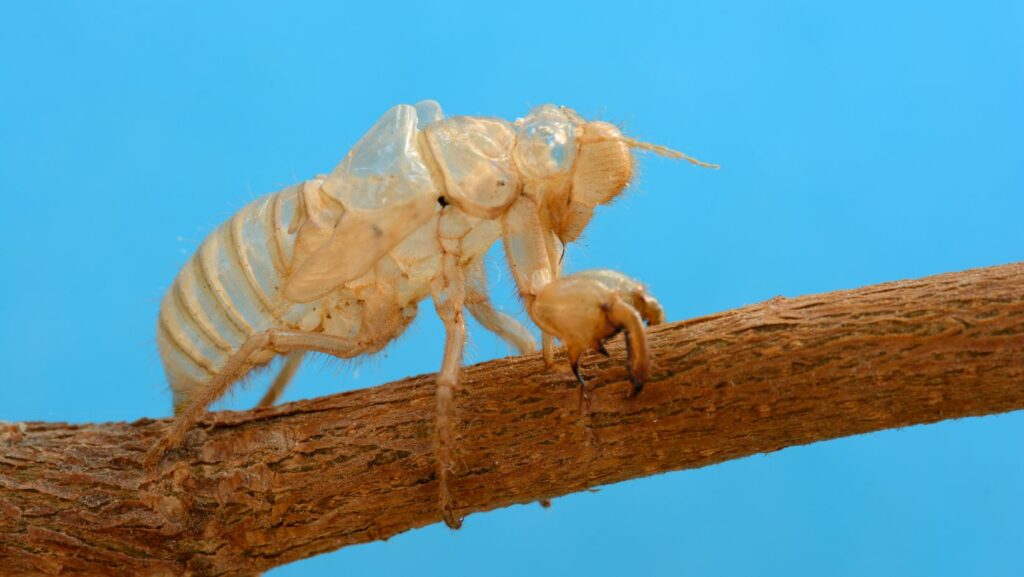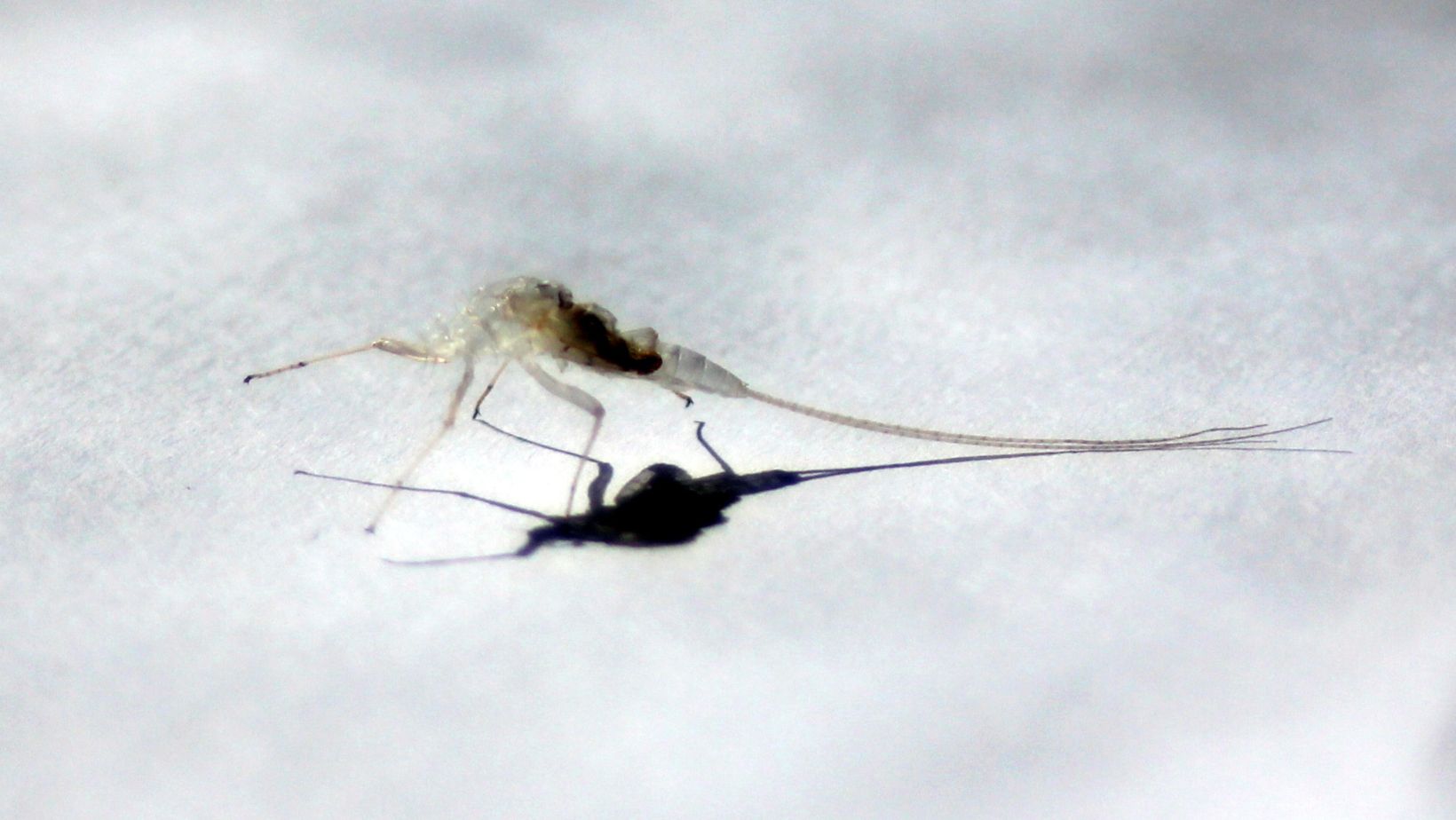
In Arthropods Locomotion is Accomplished by Muscles that Work Against
Arthropods, such as insects, spiders, and crustaceans, are fascinating creatures with unique locomotion abilities. One of the key factors that contribute to their remarkable movement is the interaction between their muscles and exoskeleton. In this article, I’ll delve into the intriguing world of arthropod locomotion and explore how their muscles work against the exoskeleton to facilitate their movement.
The exoskeleton, which serves as a protective outer covering, plays a crucial role in arthropod locomotion. Unlike humans and other vertebrates, arthropods do not have an internal skeleton. Instead, their exoskeleton provides support and structure. However, this rigid exoskeleton poses a challenge when it comes to movement. That’s where the ingenious design of arthropod muscles comes into play. By working in opposition to the exoskeleton, these muscles enable arthropods to overcome the constraints of their rigid outer covering and achieve remarkable agility.
The Role of Muscles and Exoskeleton in Arthropod Locomotion
When it comes to arthropod locomotion, the interaction between their muscles and exoskeleton plays a crucial role. The exoskeleton, which serves as a protective outer covering, also presents a unique challenge for movement. However, arthropods have evolved ingenious adaptations to overcome this obstacle and achieve remarkable agility.
Arthropod muscles are attached to the internal surface of the exoskeleton, allowing them to work against it to generate movement. This setup creates a mechanical advantage, enabling arthropods to exert force on their surroundings and propel themselves forward. The muscular system in arthropods is highly specialized and finely tuned for efficient locomotion.
One key feature of arthropod muscles is their arrangement in antagonistic pairs. These pairs of muscles work in opposition to each other, allowing for precise control of movement. For example, in the legs of an insect, one muscle extends the leg while the other flexes it. This coordinated action allows for intricate movements and precise positioning, even in complex environments.
Another crucial adaptation is the presence of joints in the exoskeleton. Joints act as points of articulation, allowing arthropods to bend and flex their limbs. These joints, coupled with the action of the muscles, provide arthropods with a wide range of motion, enabling them to navigate diverse habitats with ease.
The exoskeleton itself also plays a role in locomotion. While it provides protection, it can also hinder movement due to its rigid nature. To overcome this, arthropods have developed lightweight and flexible exoskeletons with thin regions called cuticles. These cuticles act as flexible zones, allowing for increased mobility in specific areas without compromising overall structural integrity.
The interaction between muscles and exoskeleton is essential for arthropod locomotion. The specialized muscular system, antagonistic muscle pairs, jointed exoskeletons, and flexible cuticles all contribute to their remarkable agility. Arthropods have truly evolved remarkable adaptations that allow them to move with precision and efficiency in their environment.
Adaptations and Mechanisms for Precise and Efficient Movement
Arthropods have evolved remarkable adaptations and mechanisms to overcome the constraints of their exoskeleton and achieve precise and efficient movement. These adaptations allow them to navigate diverse environments and exhibit agile locomotion strategies.
Specialized Muscle Arrangements
Arthropods possess specialized muscle arrangements that enable them to generate the force required for locomotion. Antagonistic muscles work in pairs, with one muscle contracting while the other relaxes. This arrangement allows for precise control and coordinated movement of the arthropod’s limbs. By contracting and relaxing different muscles, arthropods can perform a wide range of movements, including walking, flying, and swimming. Segmental muscles are another adaptation found in arthropods, allowing them to move individual segments of their exoskeleton independently. This flexibility enhances their ability to navigate through complex environments.
Jointed Limbs
Arthropods have jointed limbs that provide them with a high degree of mobility and agility. These joints, known as arthropod joints, are flexible and allow for a wide range of motion. Whether it’s the scissor-like motion of a crab’s pincers or the rapid movement of a grasshopper’s legs, jointed limbs contribute to the precision and efficiency of arthropod locomotion. The presence of joints also enables arthropods to adapt their movements to different terrains, enhancing their survival and success in a variety of habitats.
Unique Locomotion Strategies
Different groups of arthropods have developed unique locomotion strategies that suit their specific needs. For example, spiders use a combination of walking, running, and web-slinging to navigate their environment and capture prey. Insects, on the other hand, employ a variety of techniques, including flight, jumping, and swimming, to move efficiently. Even crustaceans, such as crabs and lobsters, utilize specialized appendages, like their pincers and swimmerets, to excel in their marine habitats. These diverse locomotion strategies showcase the adaptability and resourcefulness of arthropods in conquering their surroundings.
Conclusion
Arthropods are truly remarkable creatures when it comes to locomotion. Their ability to move with precision and efficiency is a testament to the unique adaptations they have developed over millions of years. By working against their exoskeleton, arthropods utilize specialized muscle arrangements and jointed limbs to overcome the challenges posed by their rigid outer covering.












